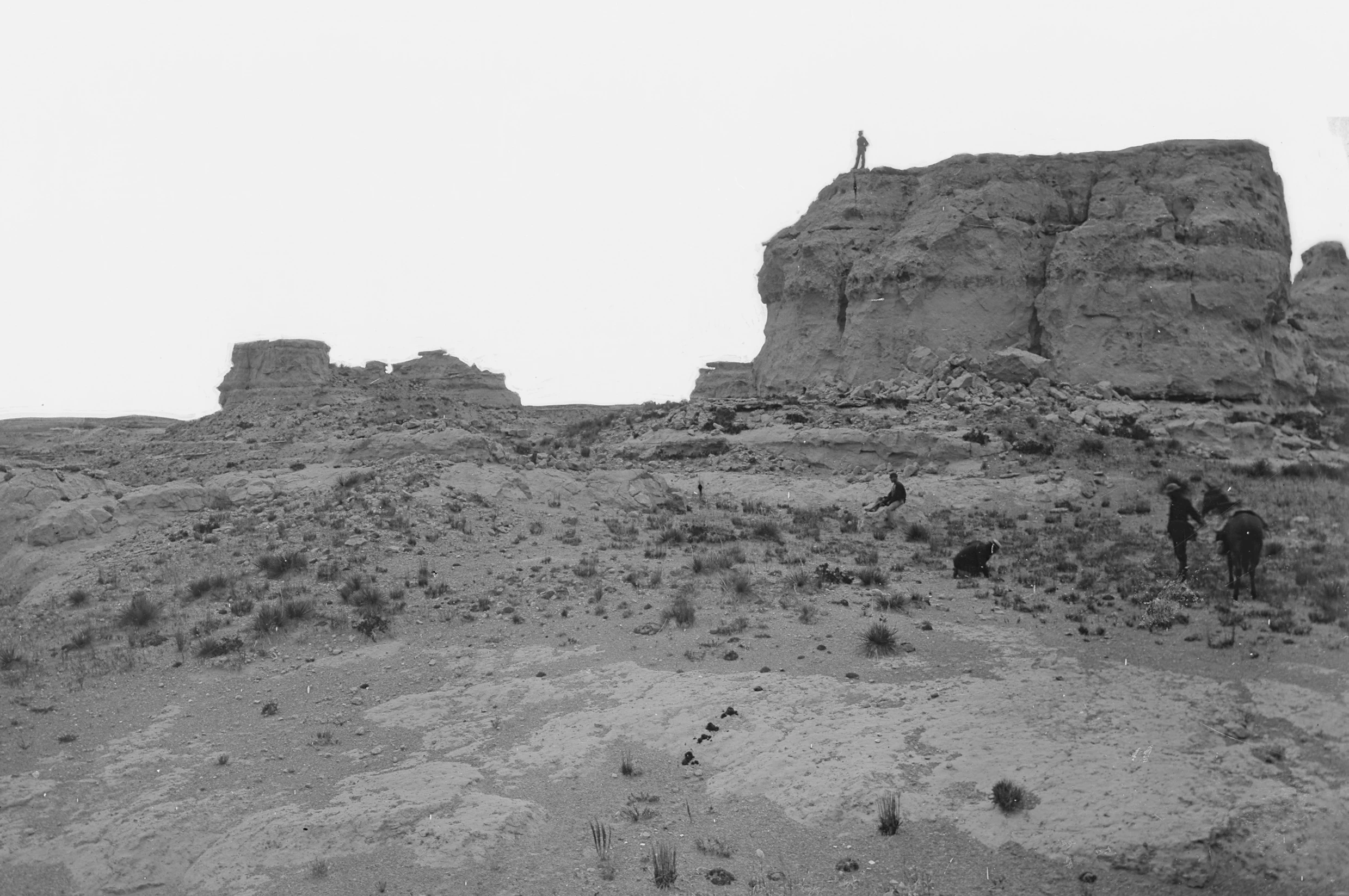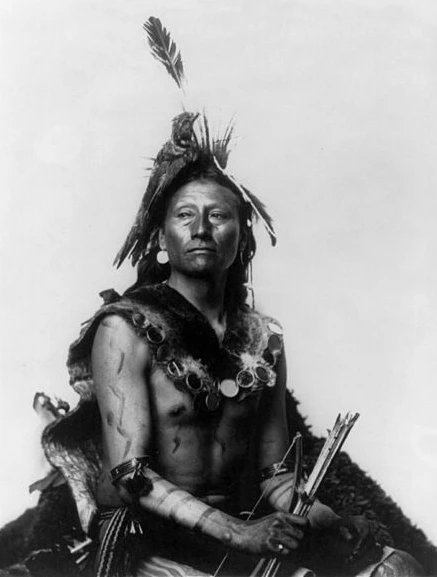What is Dippy’s real name?
, 24 January 2020
The dinosaur skeleton we know and love as Dippy, has an interesting history. But we know these fossils were first called Diplodocus, right? Well, no probably not….
We’ve heard about how ‘Dippy’ came to London in 1905 – a plaster cast of the original fossil bones kept in the Carnegie Museum Pittsburgh. And thanks to palaeontologists, we can picture it as a living animal browsing in Jurassic forests 145-150 million years ago – seeing off predators with its whip-like tail.
But what about the middle of the story? Where did these fossils come from?
In 1898 thanks to the steel industry, Andrew Carnegie was one of the richest people in the world. He was busy giving away money for libraries and museums. Hearing about the discovery of huge dinosaurs in the American West he said something like ‘Get us one of those!’, sending a Carnegie Museum team to find a “most colossal animal”.
So, in 1899 in the last days of the American Old West, a Diplodocus skeleton was discovered at Sheep Creek, Albany County on the plains of Wyoming, USA. It happened to be the 4th of July, Independence Day, which prompted the Carnegie team to give the fossil its first nickname - ‘The Star Spangled Dinosaur’. Predictably though, this new species was later published as Diplodocus carnegii.
The dig site would have looked very similar to this one at the nearby Bone Cabin Quarry one year earlier.
To set the scene, these late 1800's photographs are from other parts of Albany County, Wyoming (via Wikimedia Commons).
Dippy’s first name, “Unkche ghila”.
But what about the original people of the plains, the Native Americans? Wouldn’t they have found dinosaur fossils before the European settlers? In her book “Fossil Legends of the First Americans” Adrienne Mayor shows that indeed they did. They visualised the fossils’ original forms as Giant Lizards, Thunder Birds, and Water Monsters, and several of the famous dinosaur collectors had Native American guides. This book shows that Native American ideas about fossils were perceptive of the geological processes involved such as extinction, volcanoes, and sea level change.
( “Clear”, Lakota people, 1900. Heyn & Matzen )
The original people of the plains where Diplodocus fossils are found are the Lakota Sioux. James LaPointe of the Lakota people was born in 1893, and recalls a legend he heard as a boy:
“The Sioux called these creatures “Unkche ghila”, roughly comparable to dinosaurs; these oddly shaped animals moved across the land in great numbers and then disappeared. The massive bones of these now extinct creatures can be found in the badlands south and east of the Black Hills. It is not clear when the unkche ghila went extinct, but Sioux geology maintains they were still around when the Black Hills rose from the earth.” From James R. Walker , 1983. ‘Lakota Myth’.
So, via Adrienne Mayor, I’ll give the last word here to the US National Park Service:
“The stories and legends told by American Indians offer a unique perspective into the traditional spiritual significance of fossils and offer an exceptional opportunity to illustrate the interconnectedness of humans and nature.” Jason Kenworthy and Vincent Santucci, “A Preliminary Inventory of National Park Service Paleontological Resources in Cultural Resource Contexts.”



